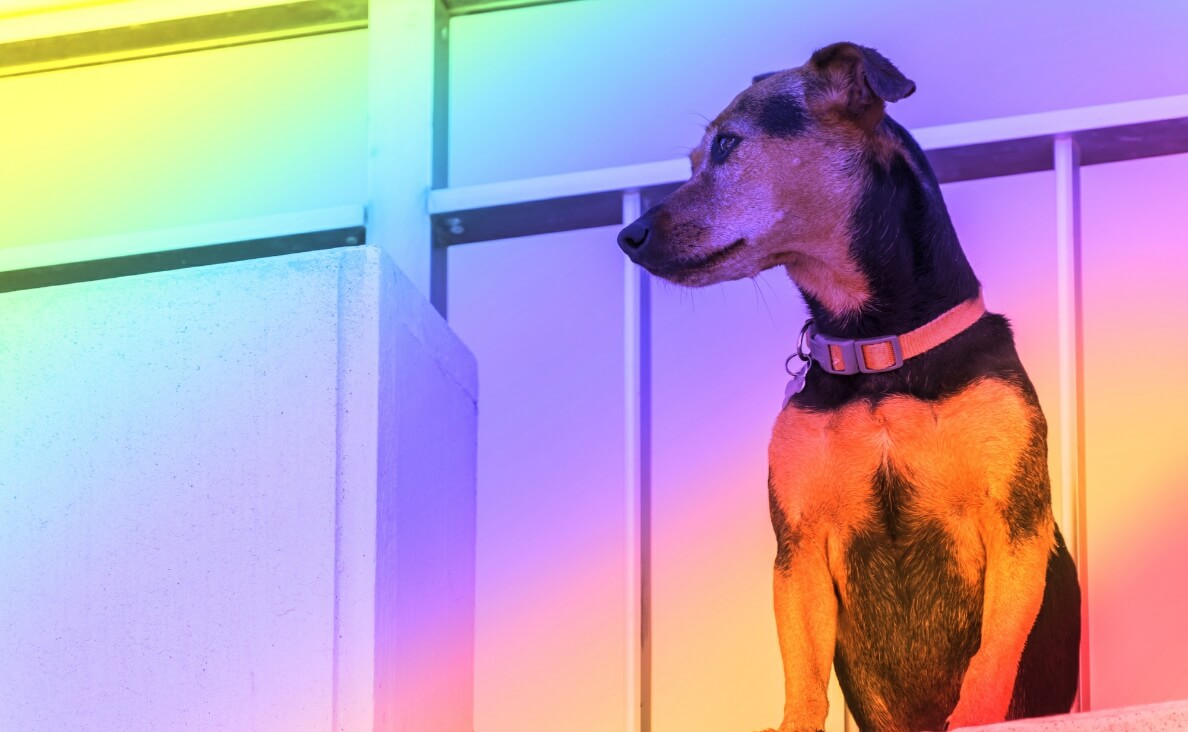
Our human perspective tends to dominate when we think about the world of colors. But have you ever wondered how our furry companions, dogs, perceive the vibrant palette surrounding us? It turns out dogs’ color vision differs from ours, and understanding their perception can shed light on their unique visual experiences.
The Spectrum of Canine Color Vision
To delve into the world of canine color vision, it’s important to first understand the basics of color perception. Humans, along with many other primates, possess trichromatic color vision. This means we have three color receptors in our eyes, known as cones, which are sensitive to different portions of the light spectrum. These cones are most sensitive to short (blue), medium (green), and long (red) wavelengths of light, allowing us to perceive a wide array of colors.
Dogs, on the other hand, have dichromatic color vision. This means they possess only two types of cones – sensitive to short (blue) and medium (green-yellow) wavelengths. Their lack of a third type of cone sensitive to long wavelengths results in a reduced ability to perceive certain colors in comparison to humans. Specifically, colors on the red end of the spectrum appear more muted and less distinct to dogs.

The World in Shades of Blue and Yellow
With their limited cone types, dogs primarily see the world in shades of blue and yellow. While they may not experience the full spectrum of colors humans do, their vision is tailored to their evolutionary needs. Dogs are descendants of wolves, and their color vision has evolved to be well-suited for their natural environment, which often involves hunting, tracking, and detecting subtle changes in surroundings.
-
Blue Tints
Blue is a color that stands out vividly for dogs. They can distinguish various shades of blue much more effectively than they can differentiate between reds and greens. This is particularly relevant for their interaction with objects against outdoor backgrounds, such as the blue sky or bodies of water.
-
Yellow Dominance
Dogs also perceive yellow tones more vividly than we do. This is because their medium-wavelength cones are most sensitive to this color. As a result, yellow objects tend to stand out distinctly against their surroundings. This is advantageous for activities like spotting prey or identifying food sources in foliage.
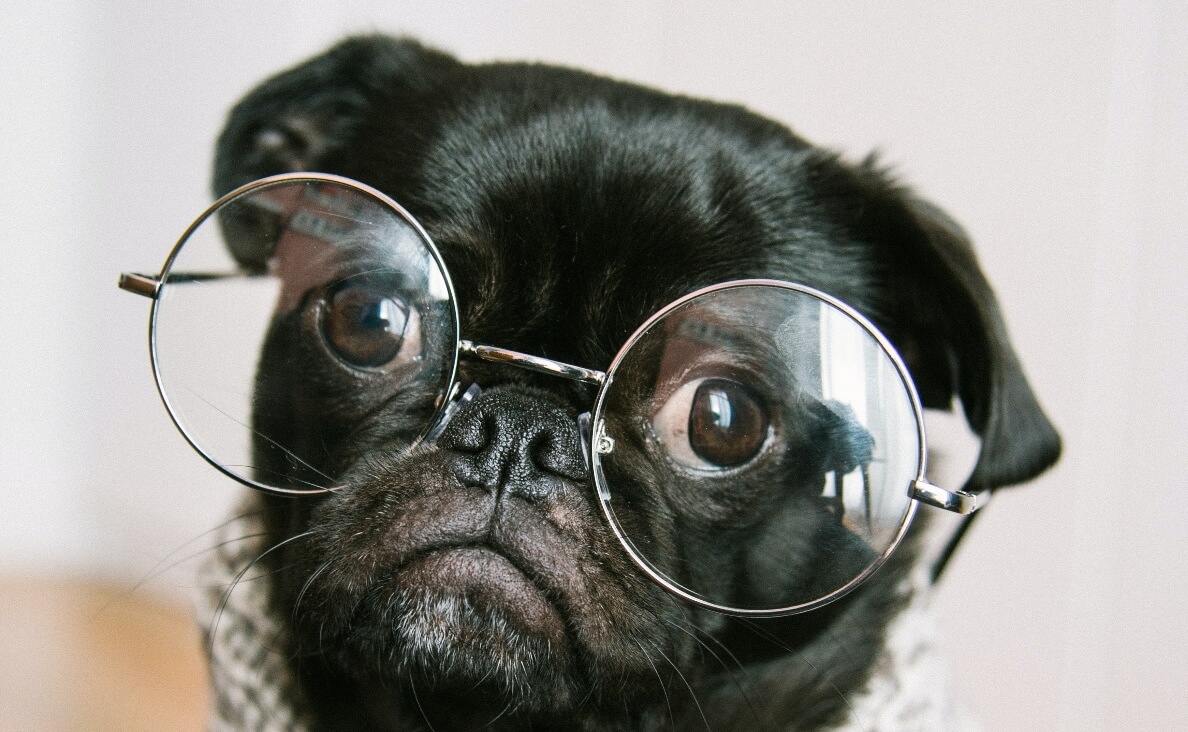
The Challenge of Red and Green
While dogs have an adept ability to differentiate between blue and yellow, their perception of red and green is significantly compromised. These colors appear more akin to shades of gray or brown. This phenomenon is attributed to the absence of the long-wavelength cones humans possess, which are essential for detecting reds and greens.
-
Red Appears Gray
Imagine a vibrant red ball against a green lawn – a stark contrast for human eyes. For dogs, however, this contrast would be far less pronounced. Both the red ball and the green grass would appear somewhat dull and similar in color due to their limited ability to discern the distinction between red and green.
-
Green as a Muted Hue
Similarly, the lush greenery we admire might not appear as vibrant to our canine companions. While they can detect some aspects of the green spectrum, it likely looks more muted and less distinct in their vision.
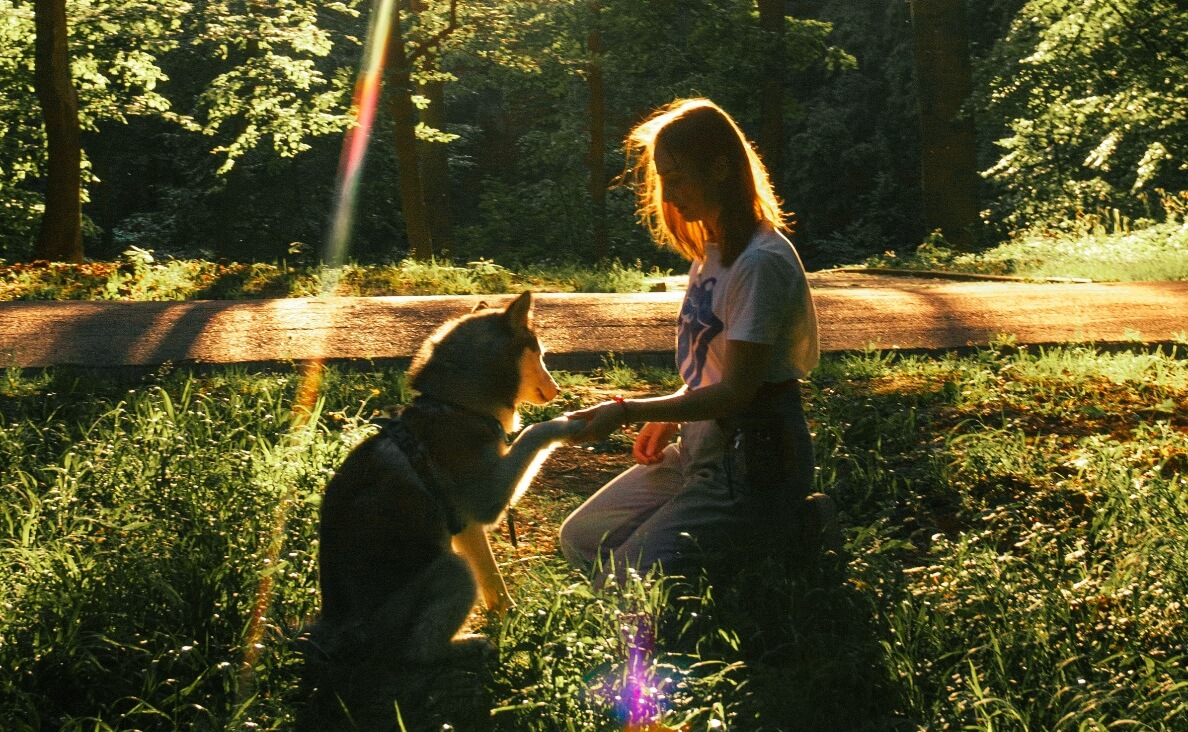
Shades of Gray and Brown
In addition to their distinctive perception of blue, yellow, red, and green, dogs have a fairly broad spectrum of grayscale vision. This means they can perceive variations in brightness and contrast quite well. This ability is believed to contribute to their proficiency in detecting movement and tracking scents, which is particularly important for their survival instincts.
Seeing in Low Light
Dogs also possess a higher number of rod cells in their retinas compared to humans. Rod cells are photoreceptor cells responsible for vision in low-light conditions. This abundance of rod cells gives dogs better night vision, allowing them to navigate and hunt effectively even when the lighting is dim.
Individual Variations
It’s important to note, just like humans, dogs’ color vision might have individual variations. Factors such as breed, age, and overall eye health can influence their perception of colors. For instance, certain breeds might have slightly different cone distributions, affecting their ability to see certain colors.
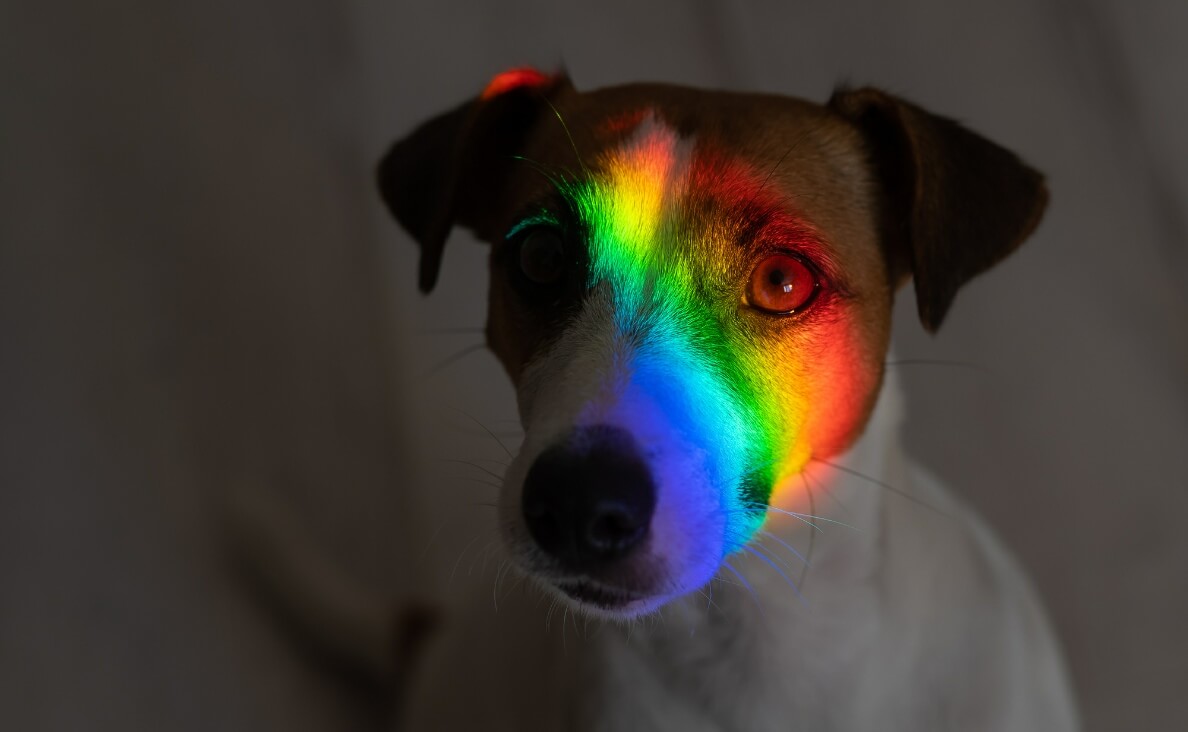
Impact on Behavior
Understanding the unique way dogs perceive the world has practical implications for their behavior and interactions with their environment. For instance:
-
Toys and Games
Knowing dogs can see blue and yellow hues more vividly, you might choose toys or play items with these colors to capture their attention during playtime.
-
Training and Commands
While dogs might not perceive red and green as clearly, their ability to see shades of blue and yellow can be considered when using visual cues during training.
-
Outdoor Adventures
Recognizing dogs’ color vision is optimized for spotting movement and differences in brightness, you might observe them being more alert during outdoor activities, particularly in low-light conditions.
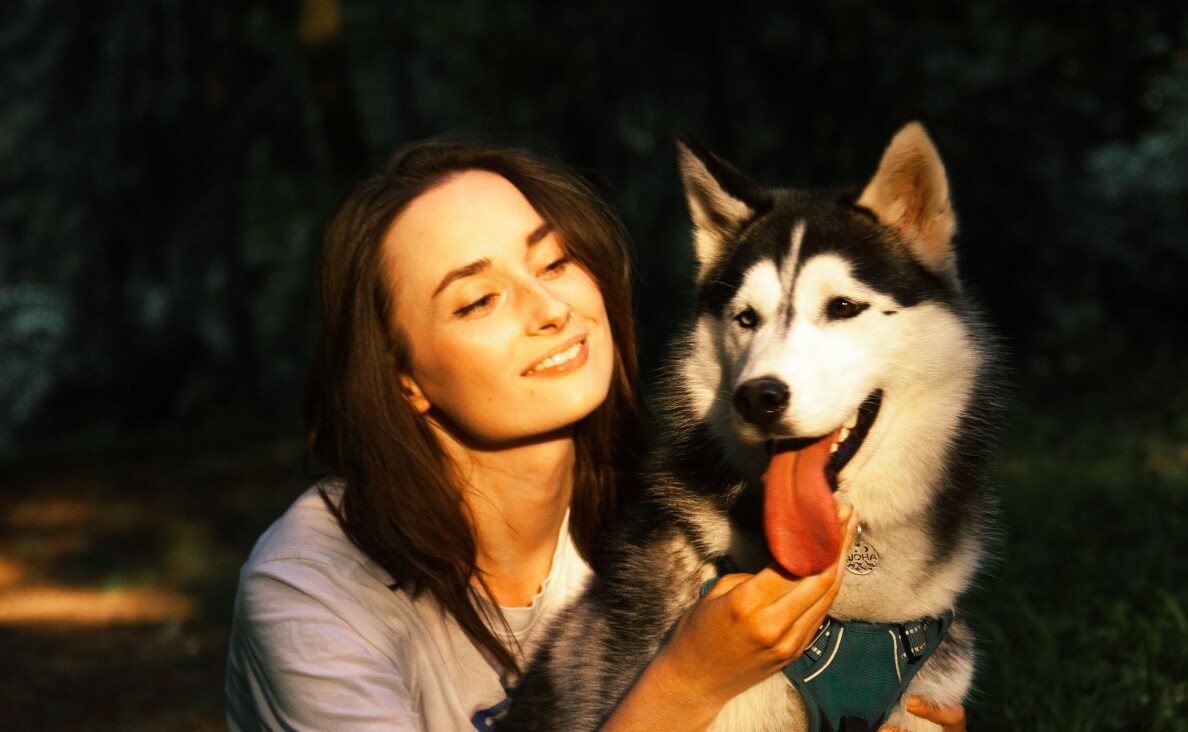
Final Thoughts
The world of color perception is a fascinating one, and when viewed through a canine lens, it takes on a whole new dimension. While dogs may not experience the full spectrum of colors humans do, their unique color vision perfectly adapts to their natural behaviors and instincts. From spotting prey to tracking scents, their visual acuity serves them well in their roles as companions and protectors.
So, the next time you toss a blue ball for your furry friend or admire the beauty of a sunset, remember their perception of these moments is just as vivid and meaningful to them, even if it differs from our own. Embracing their distinct way of experiencing the world adds another layer of appreciation for the diverse wonders of nature.
Since dogs see the color blue best, we can assume our dog’s favorite color is blue. Have you noticed your dog preferring the color blue in some way? Please comment below and let us all know what color you think your dog prefers and why…

 Do Dogs Smile? What’s Really Behind That Adorable Smile?
Do Dogs Smile? What’s Really Behind That Adorable Smile? What to Do If Your Dog is a Picky Eater
What to Do If Your Dog is a Picky Eater Can Dogs See Ghosts?
Can Dogs See Ghosts? 22 Odd Dog Behaviors and Want They Truly Mean
22 Odd Dog Behaviors and Want They Truly Mean Ways Your Dog Asks for Help: Understanding Canine Communication
Ways Your Dog Asks for Help: Understanding Canine Communication






I have “water wave” lights in our living room. I like the color blue so I have them set up as blue, slow moving, ceiling projectors.
My guy, Redd Fox, is fascinated by them and watches them with intense attention. In the evening when we watch TV he’s on the couch with us and he seems to enjoys the “night light” projection.
Awww how sweet. I bet he does enjoy those lights!